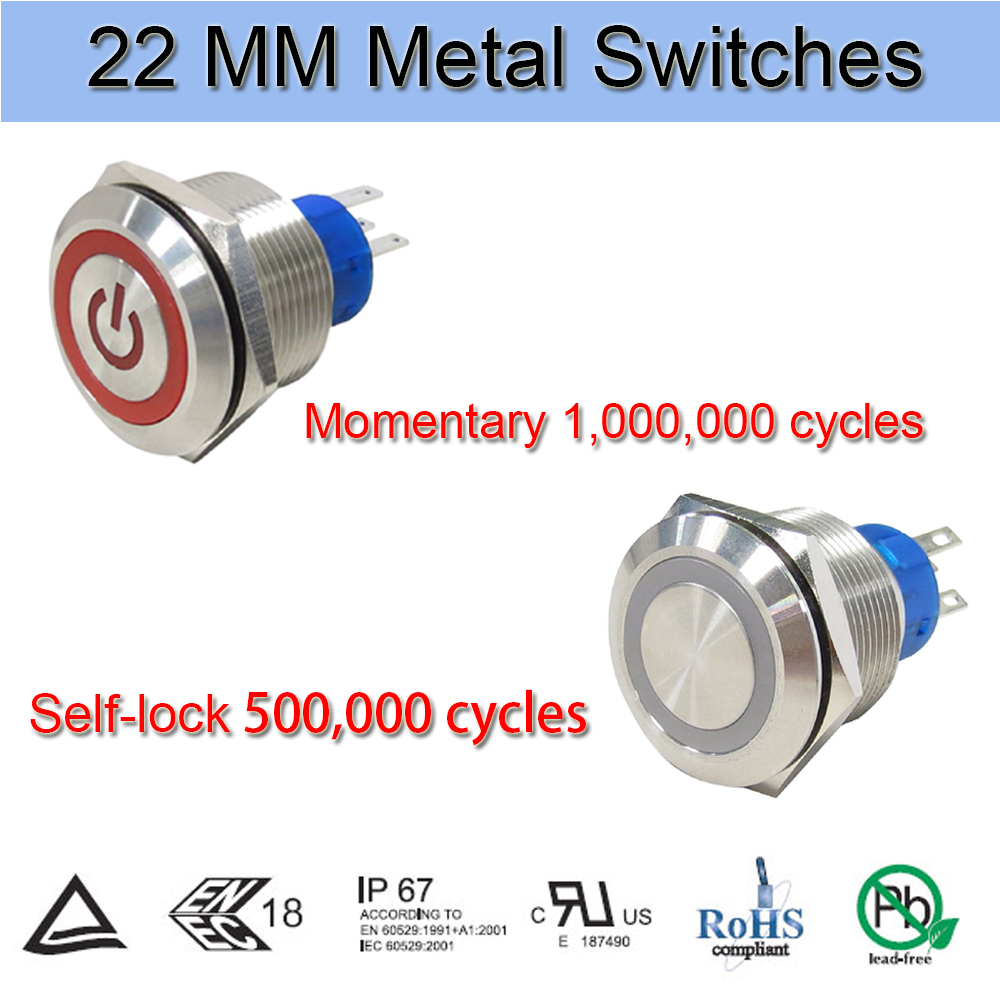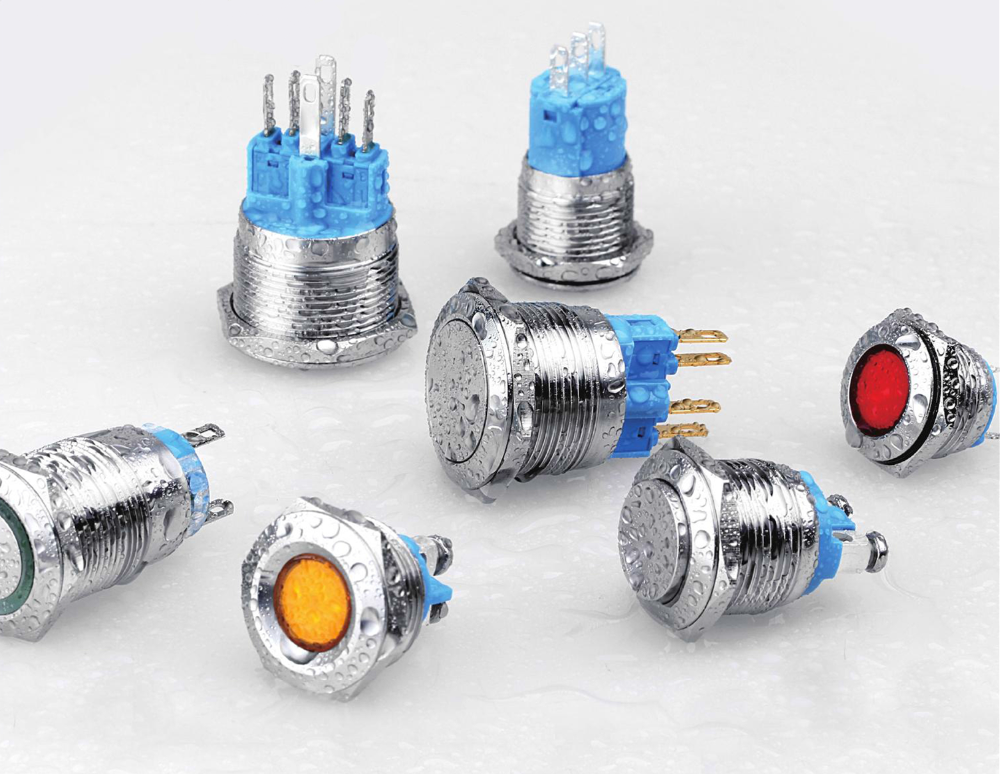The communication process involves accurately or approximately recovering the information sent from the transmitter at the receiver. Channel coding is a fundamental technique that ensures efficient and reliable data transmission over noisy channels, and it plays a central role in modern communication systems. By using channel coding, systems can effectively handle random errors caused by noise while optimizing power and frequency usage to approach the theoretical channel capacity. As one of the core areas in communication, channel coding has continuously driven advancements in the field. For example, Turbo codes introduced in the 1990s significantly advanced 3G and 4G technologies, while LDPC codes, rediscovered alongside Turbo codes, brought improvements to WiMAX, DVB, and deep space communications.
Polar codes, developed by E. Arikan, represent another major breakthrough in coding theory after Turbo codes. They are the first coding scheme that can theoretically achieve the channel capacity limit, with relatively low complexity and excellent decoding performance. When combined with CRC codes, Polar codes offer superior error correction capabilities compared to both Turbo and LDPC codes. Under reasonable decoding complexity, Polar codes require a lower signal-to-noise ratio than Turbo codes to achieve similar error performance. In medium- to long-length configurations commonly used in wireless communications, they can provide about 0.5 dB gain, and even more than 1 dB in short-length cases. With advances in microelectronics and increased chip processing power, more complex decoding algorithms can further enhance the performance of Polar codes, offering gains beyond 1 dB. Unlike Turbo codes, which have a convergence issue and struggle to improve performance even with added complexity, Polar codes maintain strong potential for improvement.
In terms of hardware implementation, Polar codes have a regular and consistent structure, allowing for flexible encoding and decoding with variable step sizes. This enables support for arbitrary input and output lengths, leading to higher coding efficiency. Additionally, Polar codes can achieve ultra-low complexity and high throughput decoding. It has been reported that the maximum throughput of a Polar code decoder can exceed 200 Gbps. These advantages make Polar codes a strong contender for future 5G wireless communication systems.
Polar codes have attracted significant attention from both industry and academia in recent years, especially within 5G standardization efforts. They were also a key focus of the first 5G Algorithm Innovation Contest. I had the privilege of participating in the review of the Polar Codes competition. Despite the high research and implementation barriers, the contest drew many top teams from around the world, including several prestigious universities such as Tsinghua University, HKUST, Xidian University, Southeast University, Beijing University of Posts and Telecommunications, and the University of Electronic Science and Technology. Many of these teams demonstrated exceptional technical expertise, proposing innovative decoding algorithms and optimized implementations. Some improved critical components like metric calculation, storage, sorting, and control, achieving better time and space complexity and enhanced error correction performance.
What stood out was the strong performance of undergraduate teams, who made it to the semi-finals, showcasing their solid academic foundation, research enthusiasm, and great potential. This competition reflected the passion of young students for emerging communication technologies and highlighted the achievements of the country's talent development model based on interest and problem-solving. Overall, this event served as a powerful boost for 5G research, knowledge dissemination, and talent cultivation in the field of wireless communication.
22MM Metal Switches
22Mm Metal Switches
22Mm Metal Switches is a larger size in the Metal Switches serious. It is designed vary from people and regions and the design of larger operation button face is for increasing the convenience and comfort when operating.
In order to create more function and save more space for this , Waterproof Metal Switch, we adopt single and dual control design, so our one switch could have multiple purposes. This Stainless Steel Switch are widely used in human interface panel, it has P67 dust-proof and waterproof function, IK10 stainless steel material damage resistance level, advanced mechanical life.

In addition, in order to meet customer requirements, our larger Anti Vandal Switches has passed the EU green environmental protection RoHS certification, the US UL testing certification, IP67 certification and TUV certification.
Moreover, customers can choose the metal button with LED light indication according to their own product requirements. The LED lamp beads are all from international brand suppliers to ensure the high life of LED lamp beads and the long-term work without discoloration effect.

22mm Metal Push Button Switch,22mm Metal Switch,22mm Waterproof Metal Push Button Switch,22mm Waterproof Metal Switch,22mm Stainless Steel Switch,22mm Metal Push Button Switches
YESWITCH ELECTRONICS CO., LTD. , https://www.yeswitches.com

